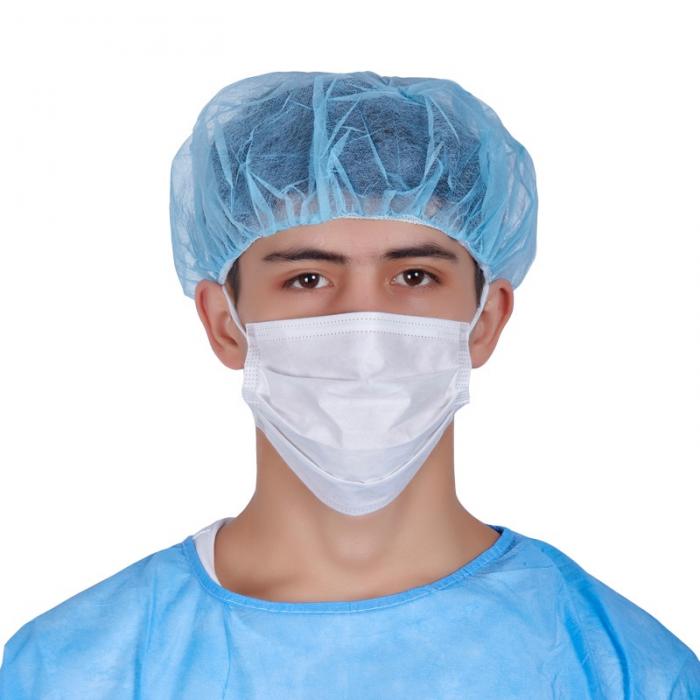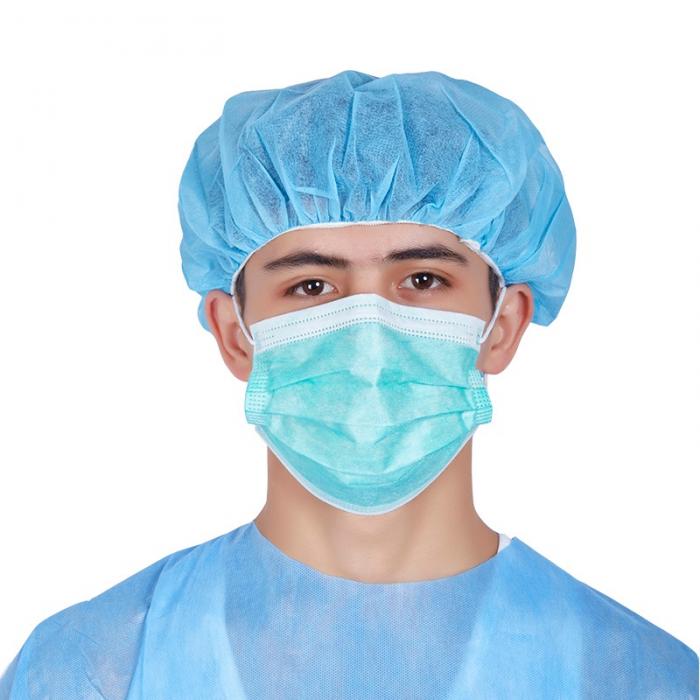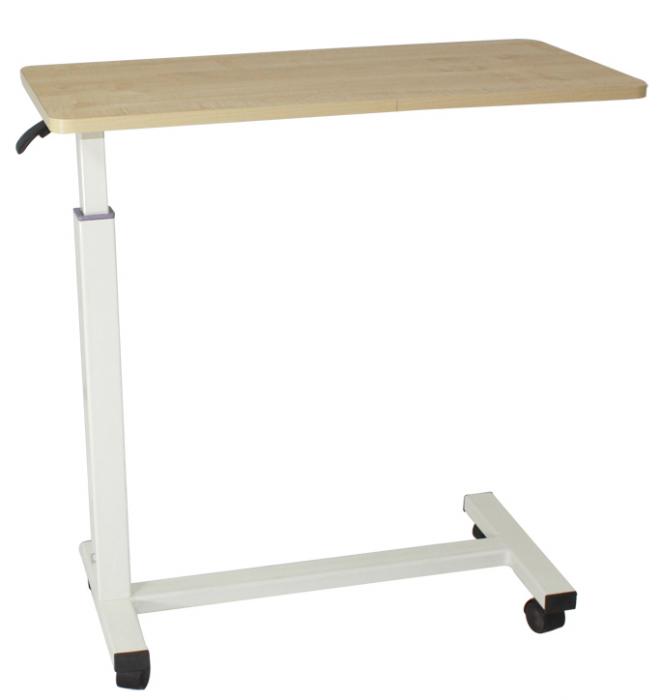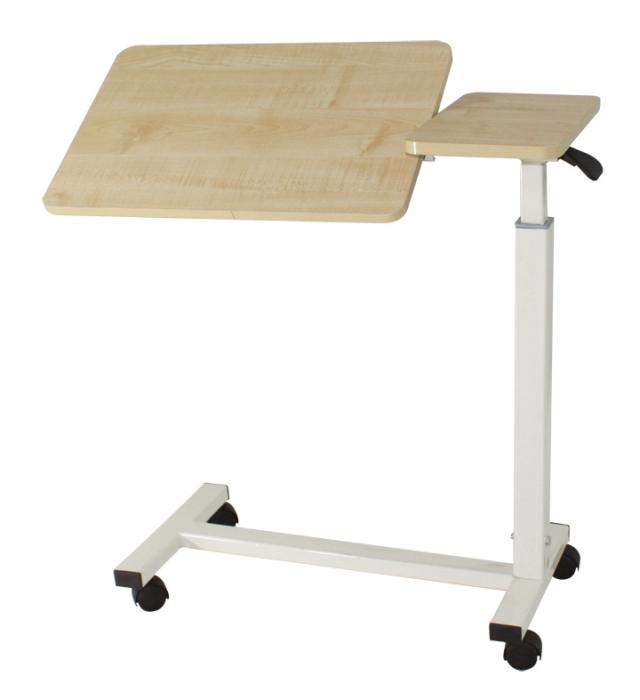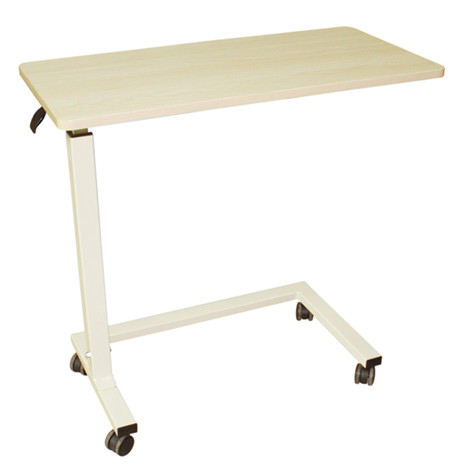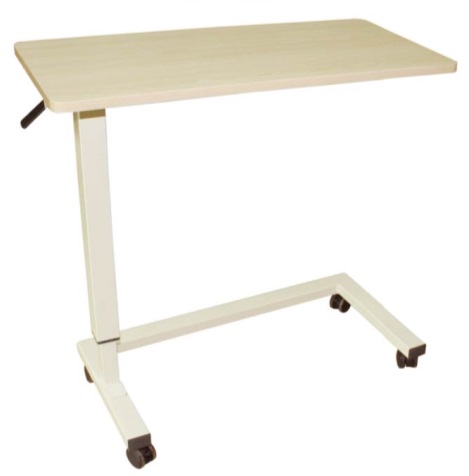| Name: | surgical masks |
|---|---|
| Model No.: | BES-FM001 |
| Product Name: | Surgical masks |
| Brand: | BESCO |
| Keywords: | Surgical masks,medical masks,disposable surgical masks,disposable medical masks |
| LEAD TIME: | 7 days |
| Sample: | Available |
| MOQ: | 100000 pcs |
| Payment Term: | T/T in advance |
| Material: | SMS |
| Port: | China |
| Stock: | Available |
| Factory Address: | Changyuan,China |
| Office: | Zhengzhou,China |
Products Description
3 ply Surgical Masks
Surgical masks Features:
3-ply,7.5x9.5cm,blue/white colour,
quality the same as we epxorted to Japan,Russia,and Finland.
20gsm PP+20gsm filter paper+20gsm PP
Elastic ear loop
Packing details:
50pcs/box
40 boxes/carton
Carton volume:52x38x30cm
Carton weight:G./N.Weight:10/8.5KGS
Total cartons: 500catons
Total volume:around 29CBM,
A surgical mask is a loose-fitting, disposable barrier device that covers the nose and mouth, providing protection by blocking large droplets, splashes, sprays, and splatter from reaching the wearer's face or from spreading from the wearer to others. Made from nonwoven fabric, it serves as a physical barrier and is classified as a medical device, but it does not provide the same level of respiratory protection as a tight-fitting respirator like an N95 because of the gaps that allow air to leak in and out.
Key Characteristics
Purpose:
To prevent the spread of large particles and fluids from the wearer and to protect the wearer from splashes and sprays.
Fit:
Loose-fitting, creating gaps between the mask and the face, which is a primary difference from respirators.
Material:
Made of nonwoven fabric, often in layers, with the outer layer designed to be fluid-repellent and the inner layer to be absorbent.
Usage:
Disposable and should be replaced if soiled, damaged, or when breathing becomes difficult.
Limitations
No Respiratory Protection:
Surgical masks are not considered respirators and do not offer reliable protection against small, airborne particles or aerosols.
Air Leakage:
The loose fit means that air can bypass the filter and leak in and out, reducing its effectiveness against fine particles.
Comparison to Respirators (e.g., N95s)
Protection Level:
Respirators offer a higher level of protection by sealing tightly to the face, filtering out at least 95% of airborne particles.
Application:
Surgical masks are used for barrier protection against large droplets, while respirators are used as personal protective equipment to protect against airborne viruses and bacteria.
If worn properly, a surgical mask is meant to help block large-particle droplets, splashes, sprays, or splatter that may contain germs (viruses and bacteria), keeping it from reaching your mouth and nose. Surgical masks may also help reduce exposure of your saliva and respiratory secretions to others.
To use a surgical mask effectively, you must wear it correctly, ensuring it covers your nose, mouth, and chin, and fits snugly against your face. It is important to handle the mask properly and use it only once if it is disposable.
How to put on a surgical mask
Clean your hands. Wash your hands with soap and water for at least 20 seconds, or use an alcohol-based hand sanitizer before touching the mask.
Inspect the mask. Check for any rips, tears, or broken ear loops. Discard the mask if you find any damage.
Orient the mask correctly.
Colored side out. Most surgical masks have a colored side (usually blue or green) and a white side. The colored, fluid-repellent side should face outwards, away from your face.
Nose piece up. Identify the stiff, bendable metallic strip, which should be positioned at the top over the bridge of your nose.
Place the mask on your face.
Ear loops: Hold the mask by the ear loops and place a loop around each ear.
Ties: Hold the mask by the top ties and tie them securely in a bow behind your head.
Secure the fit.
Pinch the nose piece. Use your index finger and thumb to pinch and mold the bendable strip tightly around the bridge of your nose.
Pull over your face. Pull the bottom of the mask down so it fully covers your mouth and chin.
Adjust for gaps. Ensure there are no large gaps along the sides of your face. If the fit is too loose, you can tie a small knot in the ear loops to tighten the fit.
Clean your hands again. Wash or sanitize your hands after securing the mask in place.
While wearing the mask
Do not touch the mask. Avoid touching the front of the mask, as it may be contaminated. If you accidentally touch it, clean your hands immediately.
Keep it in position. Do not pull the mask down under your nose or chin or let it hang from one ear. It must cover your mouth, nose, and chin at all times.
Replace it if damaged. Replace the mask with a new one if it becomes dirty, wet, damaged, or difficult to breathe through. Disposable masks should not be reused.
How to remove a surgical mask
Clean your hands. Wash or sanitize your hands before you begin to remove the mask.
Remove by the loops or ties. Only touch the ear loops or ties. Avoid touching the front of the mask.
Discard safely. Place the mask directly into a trash can. If possible, place the mask inside a plastic bag before discarding it.
Clean your hands again. Wash your hands immediately after disposing of the mask.
